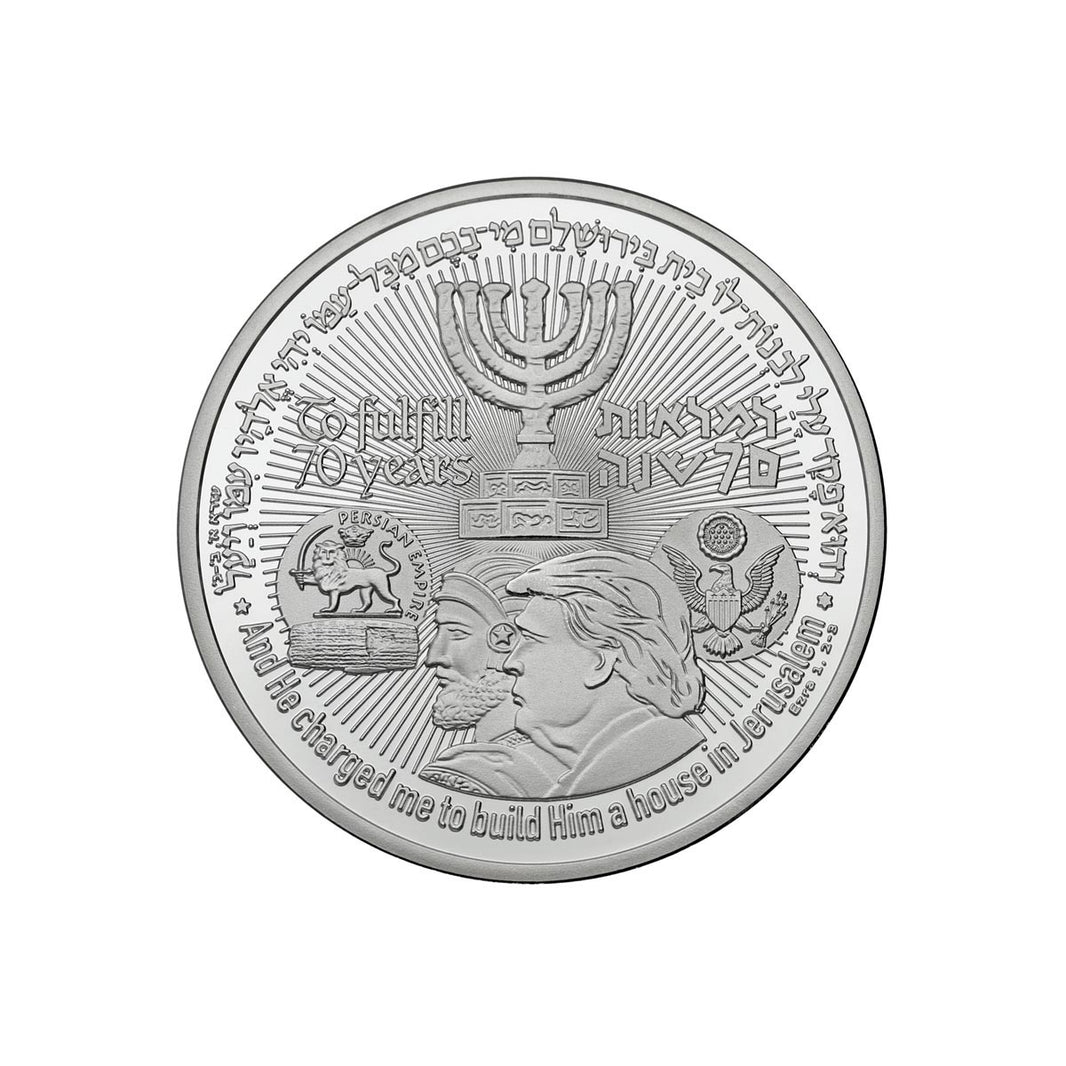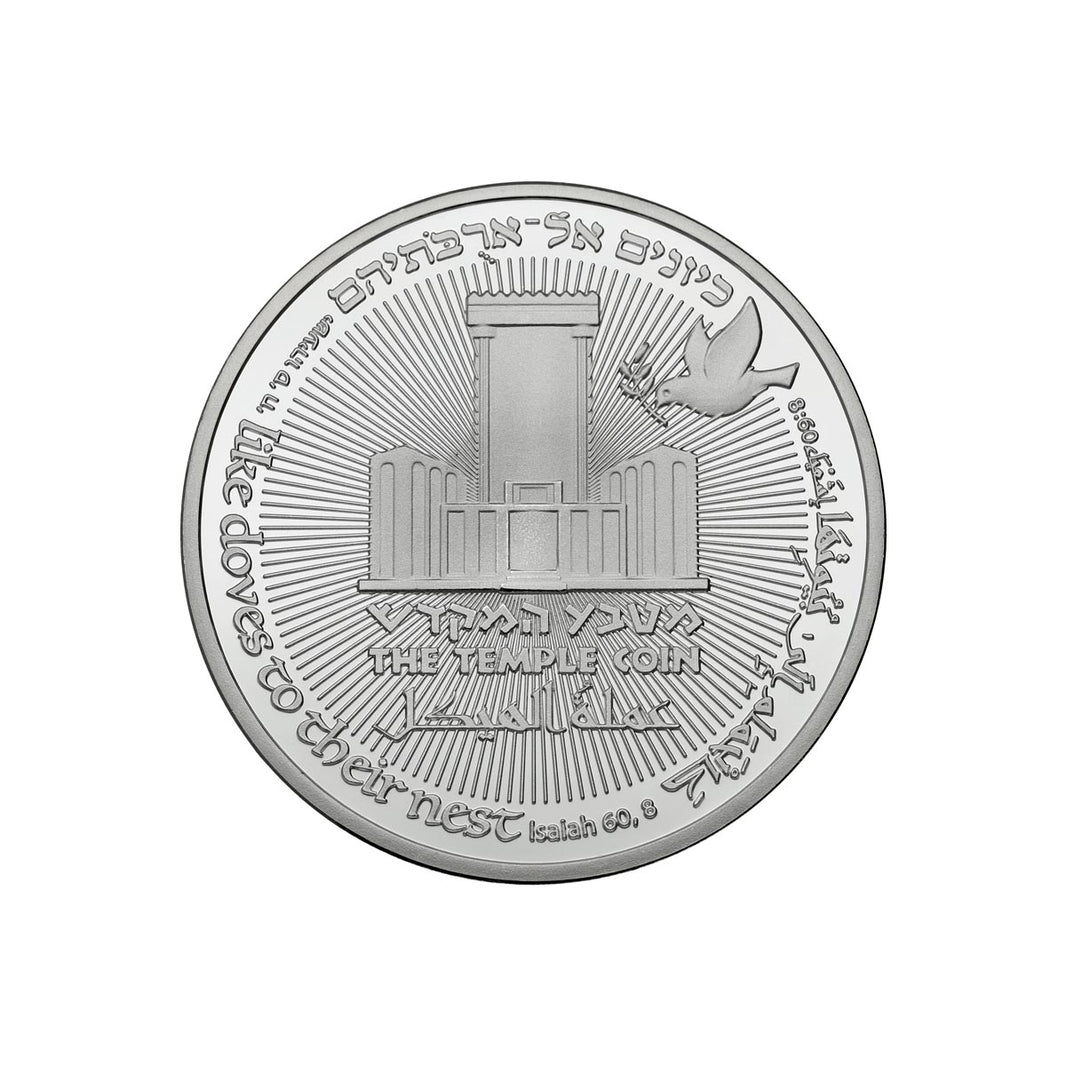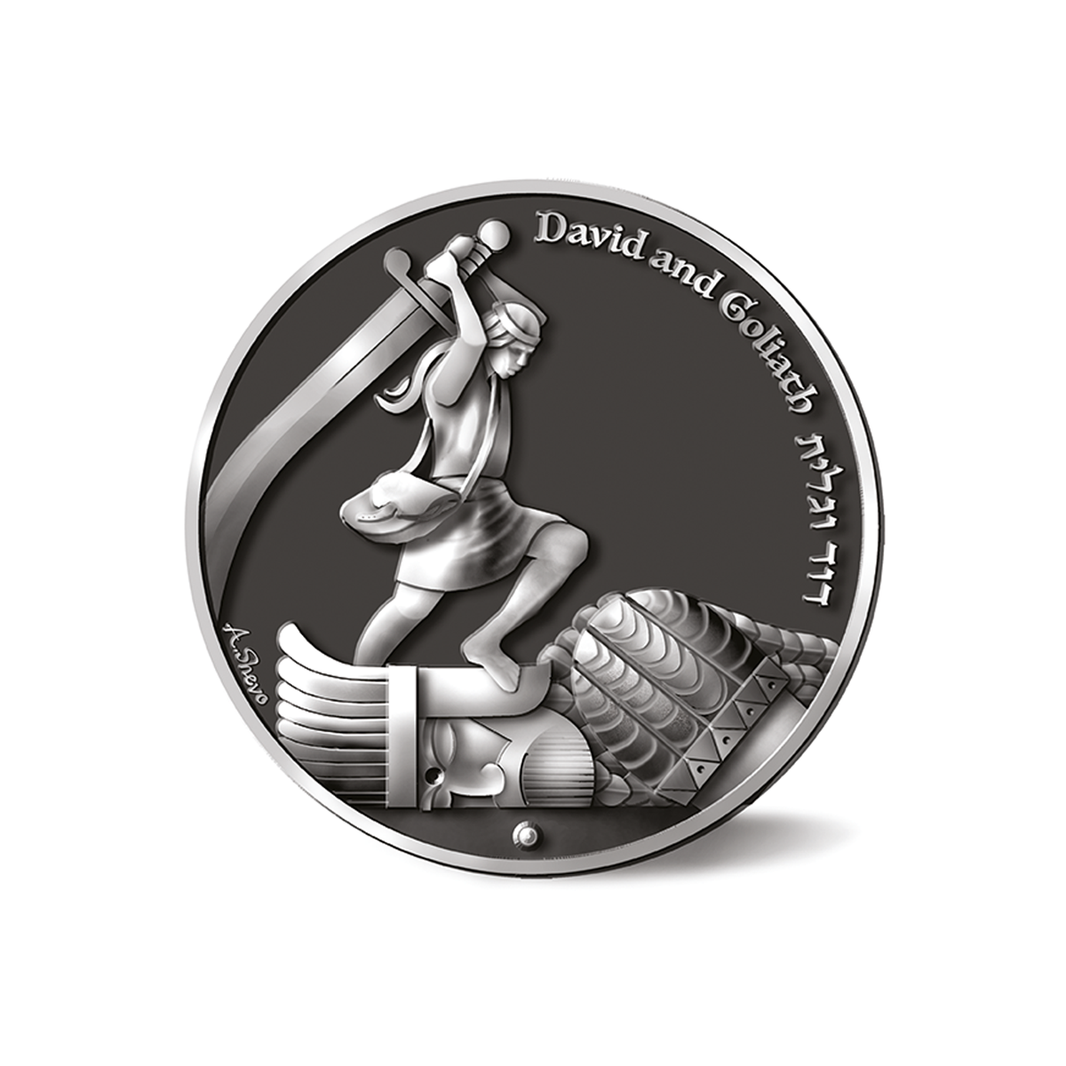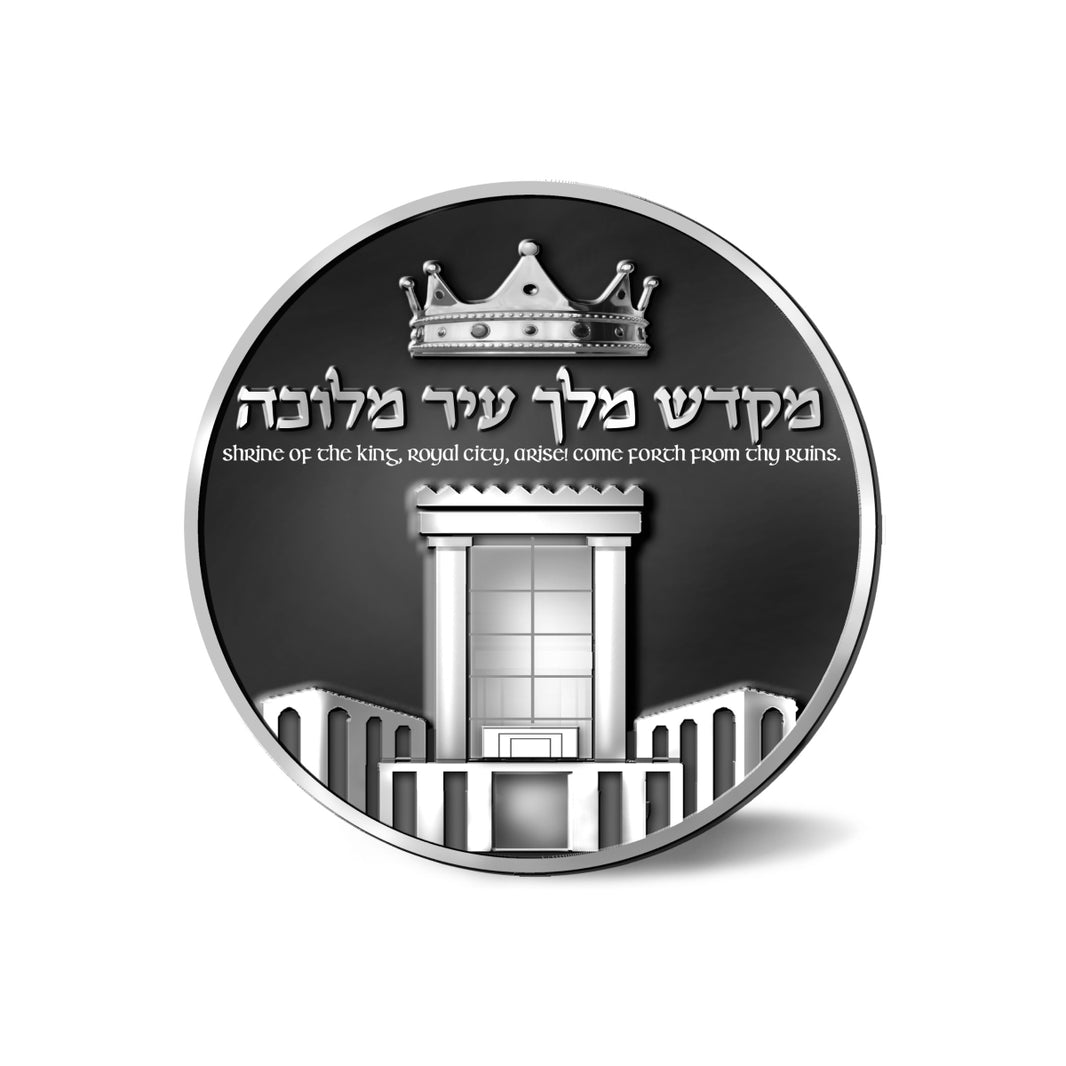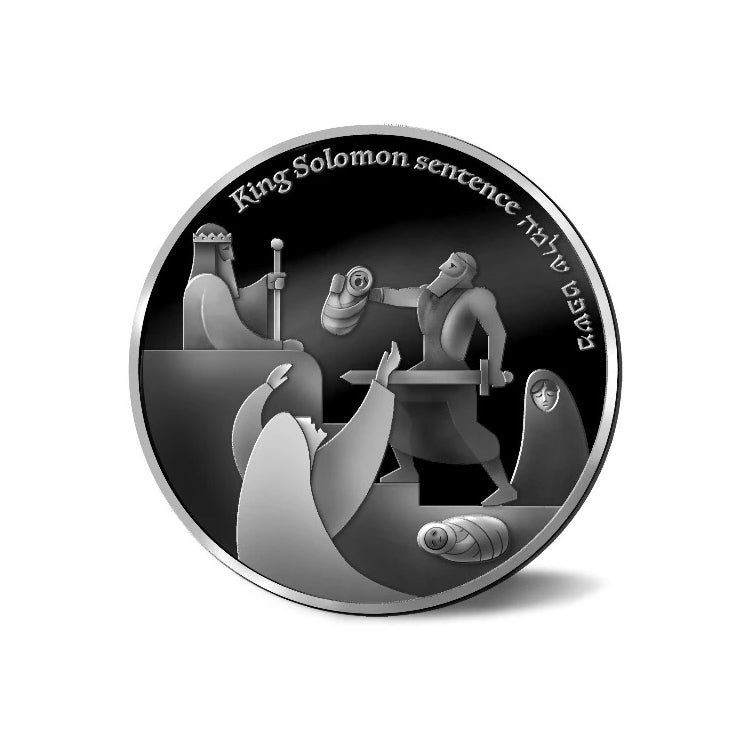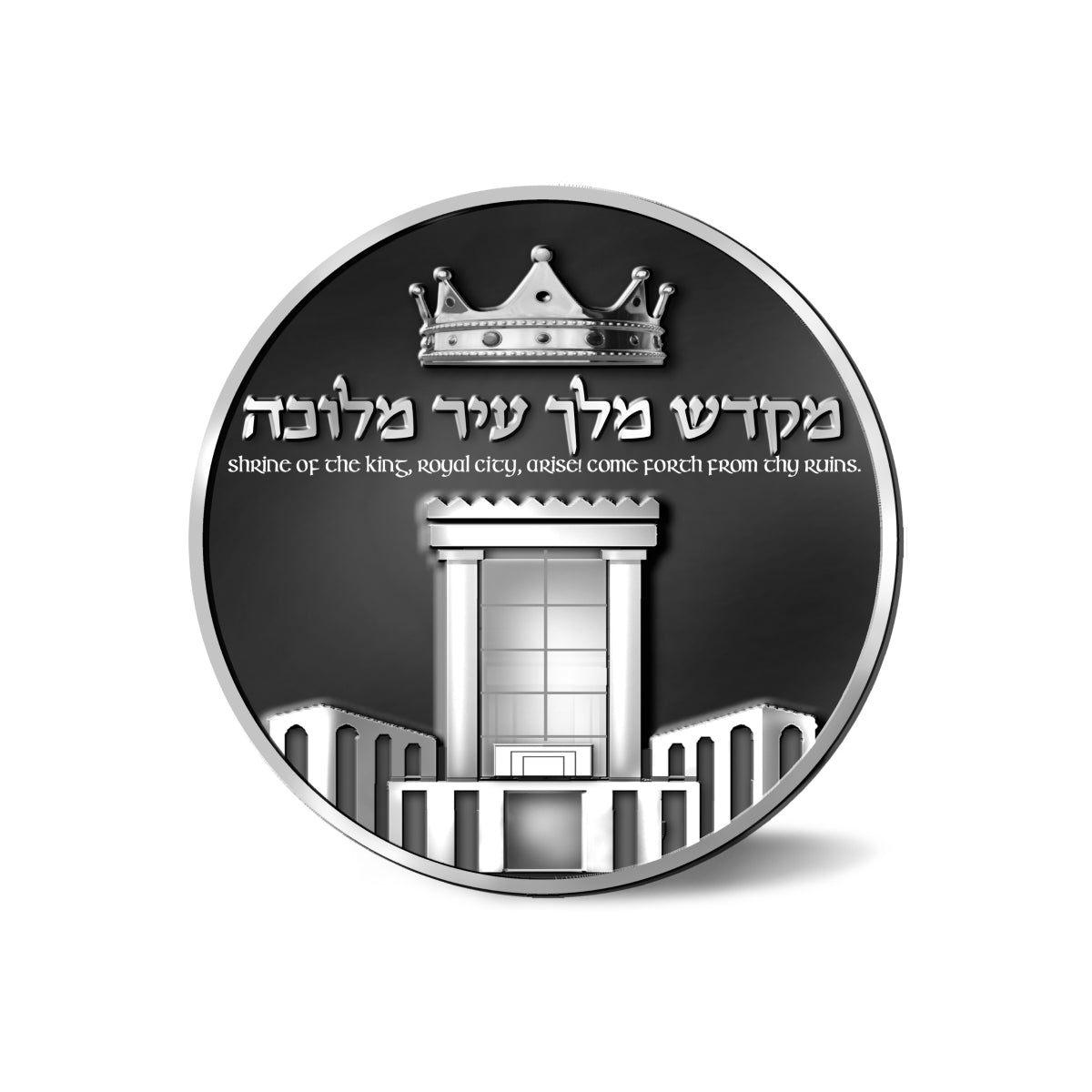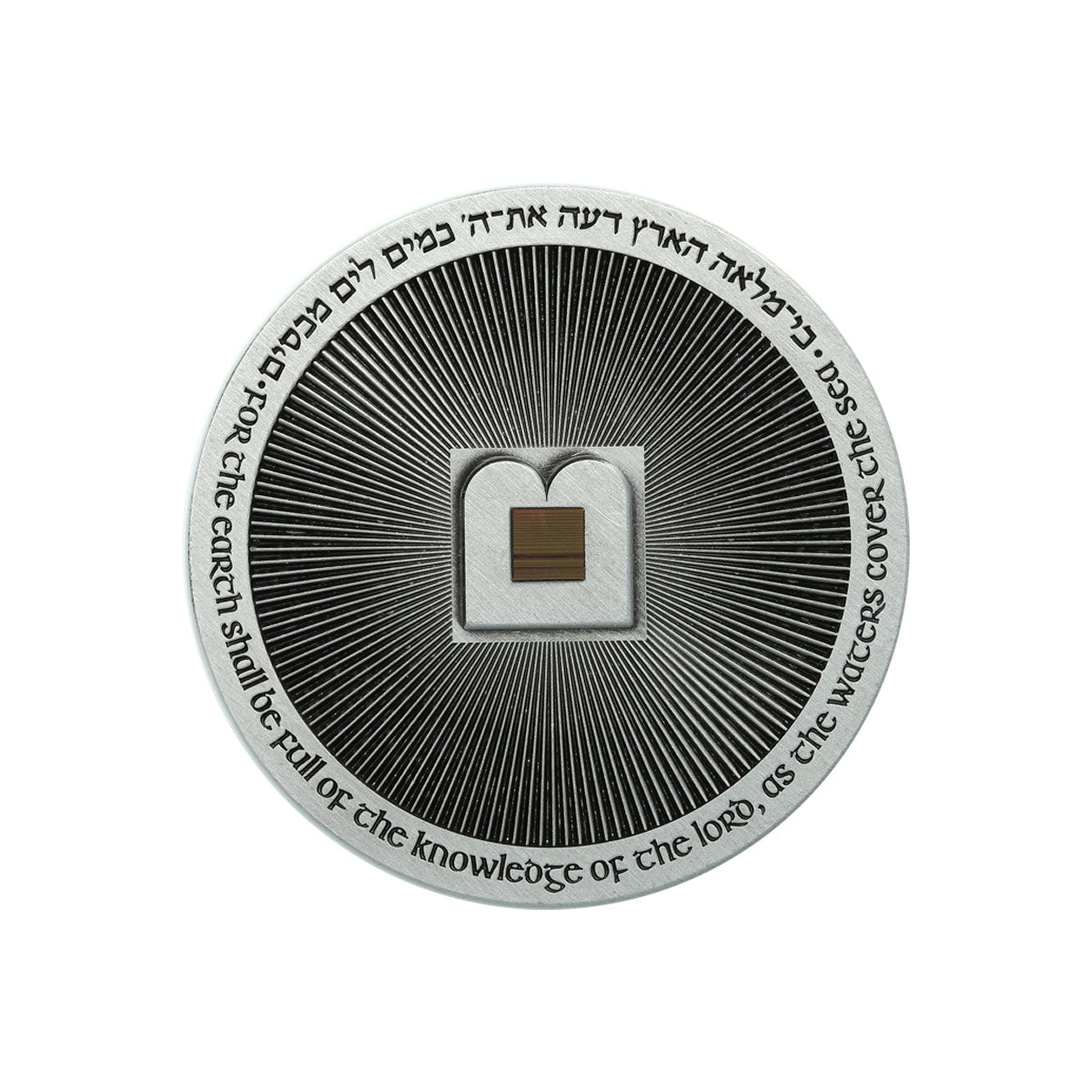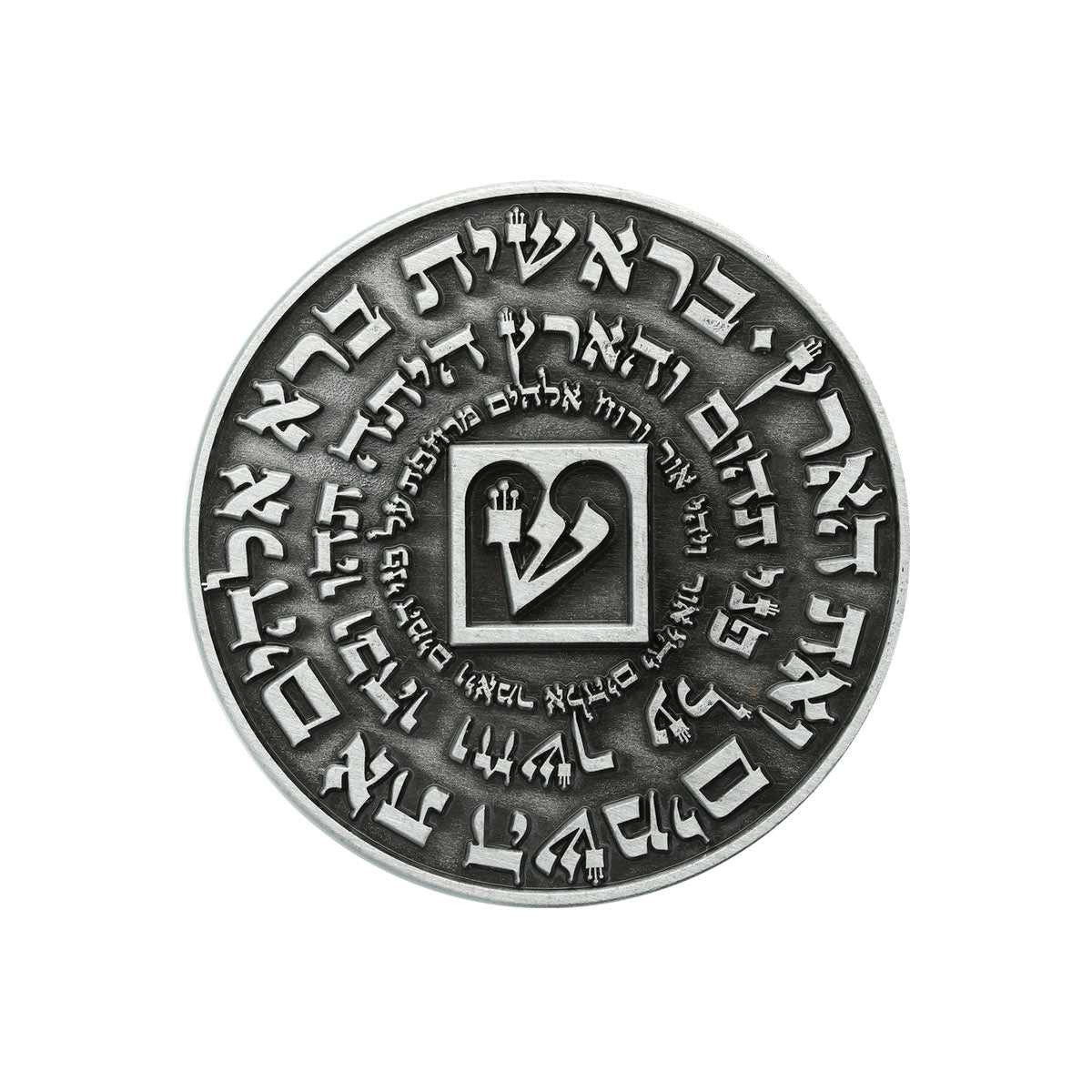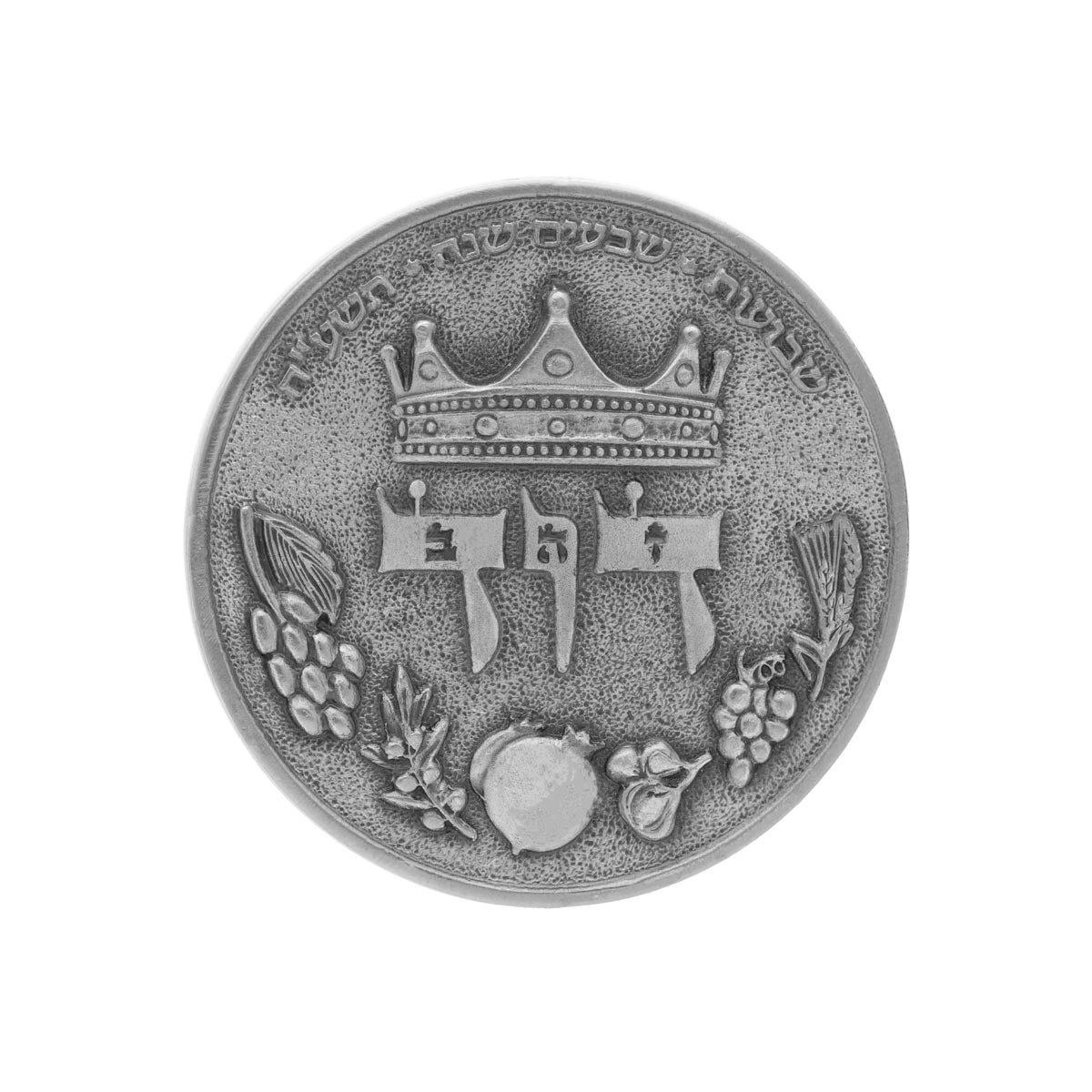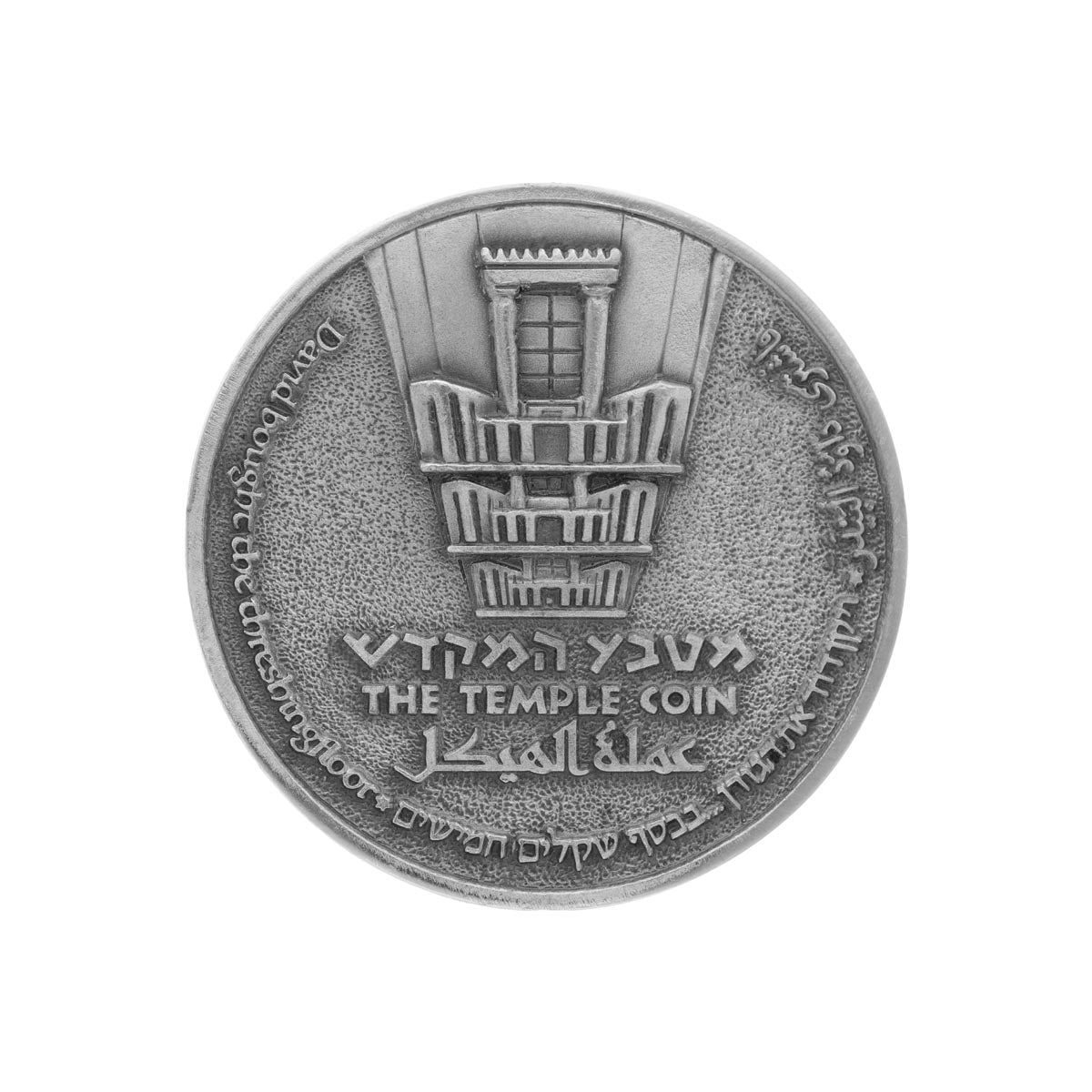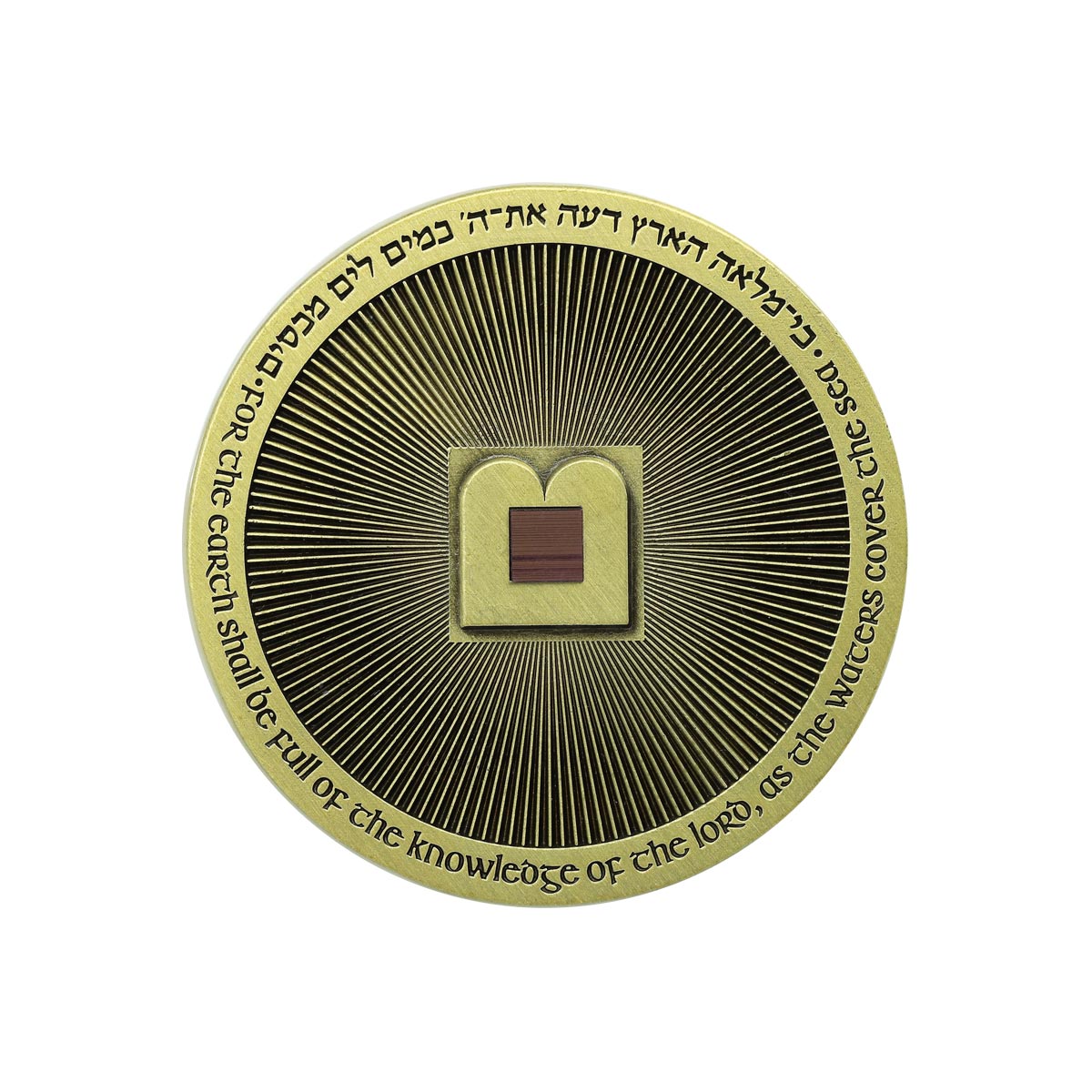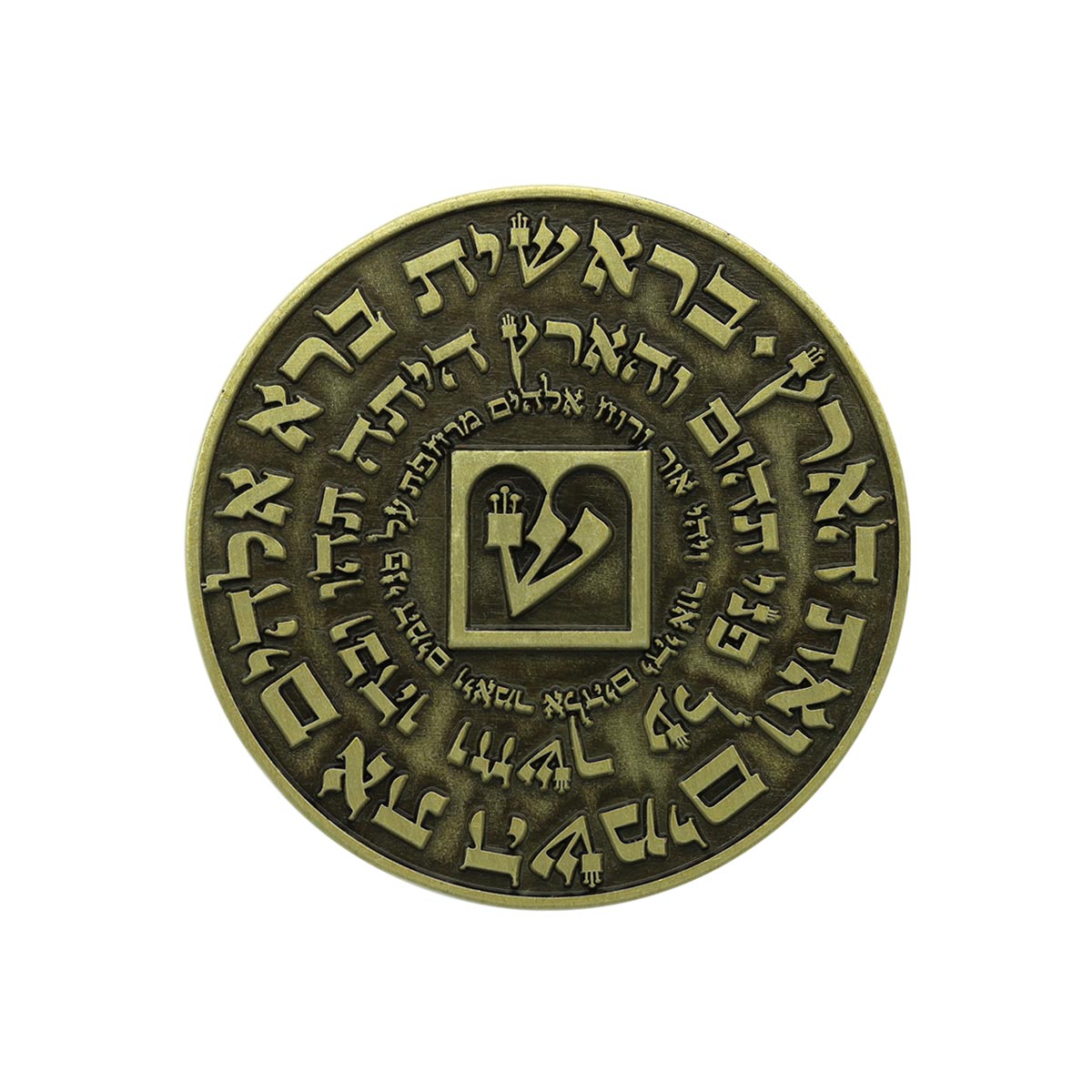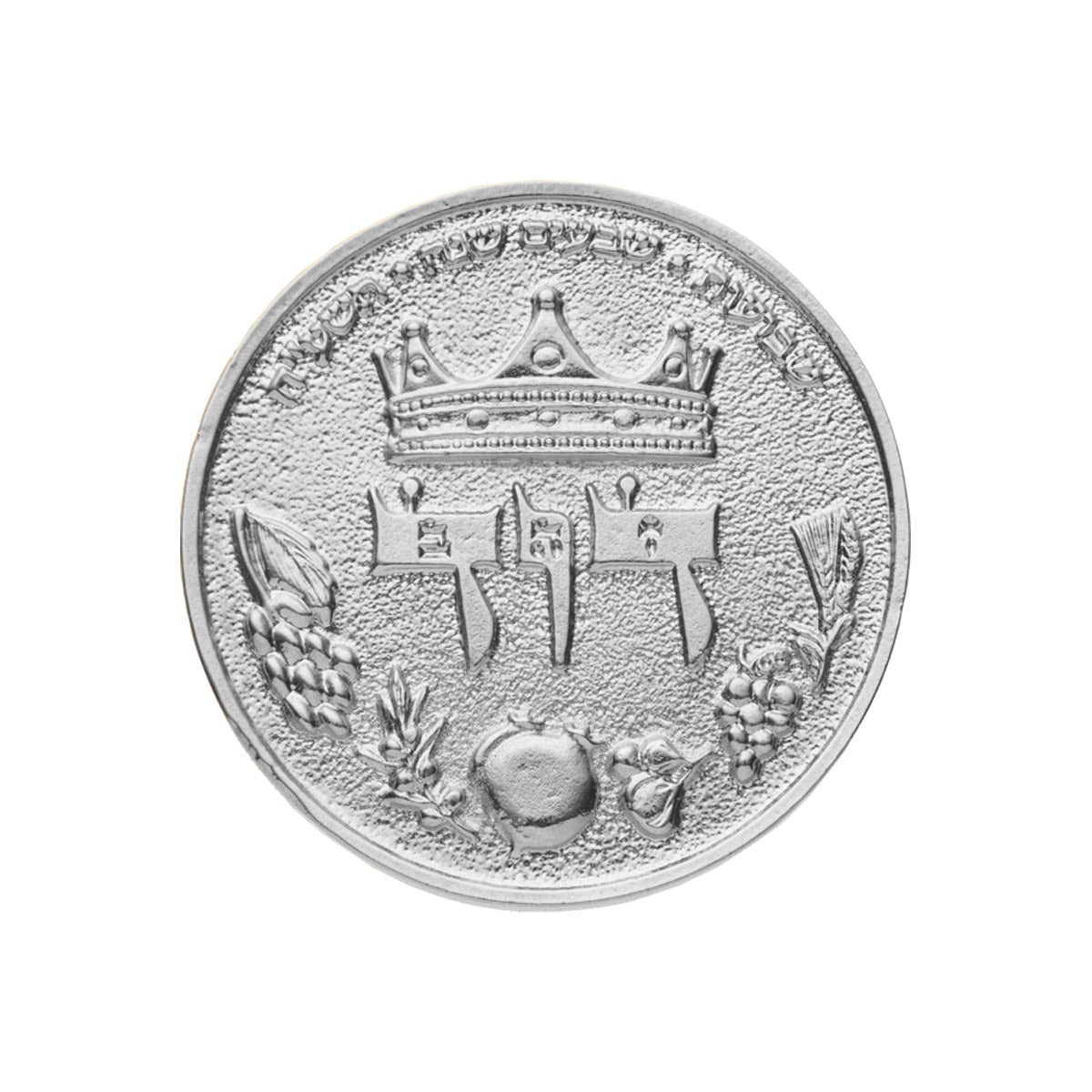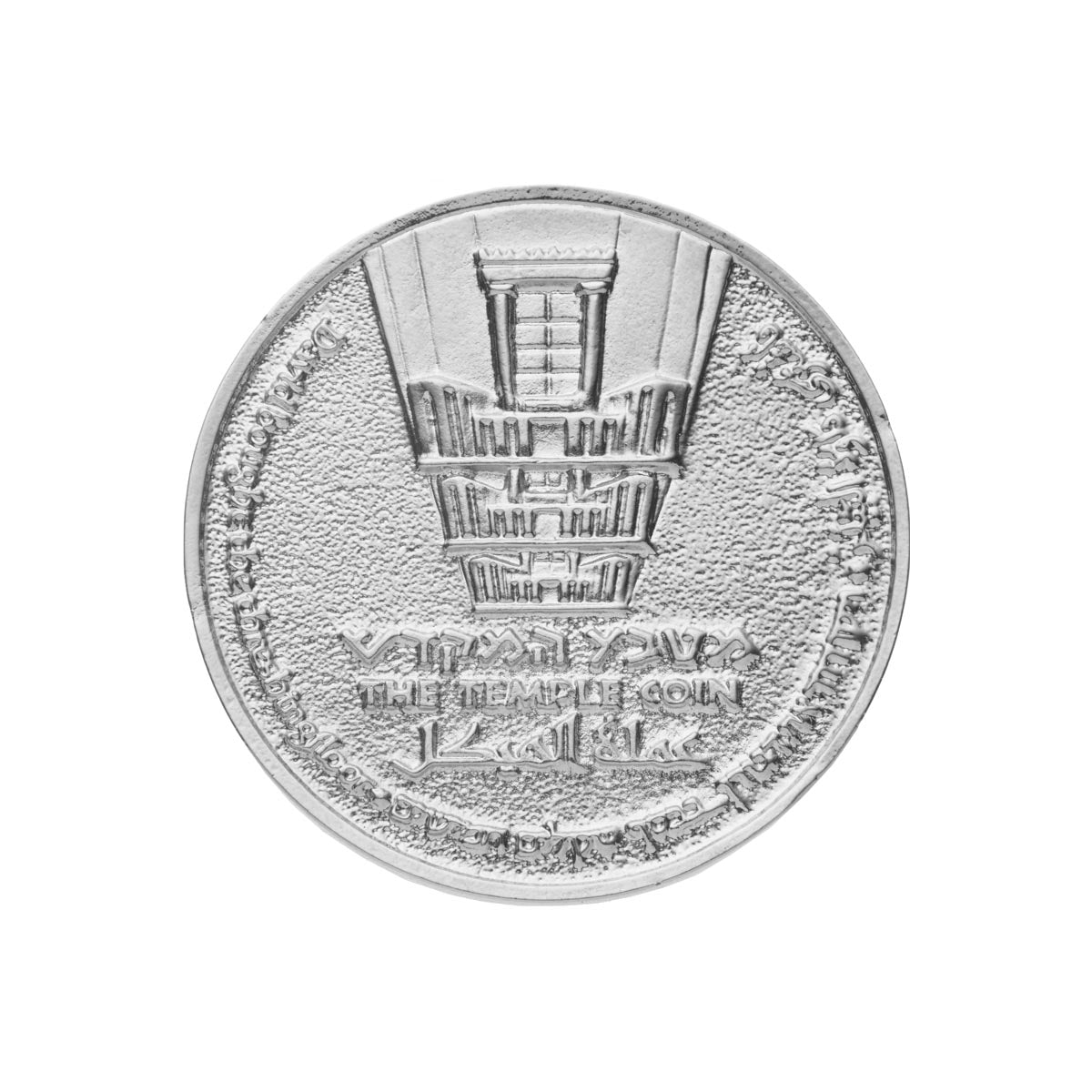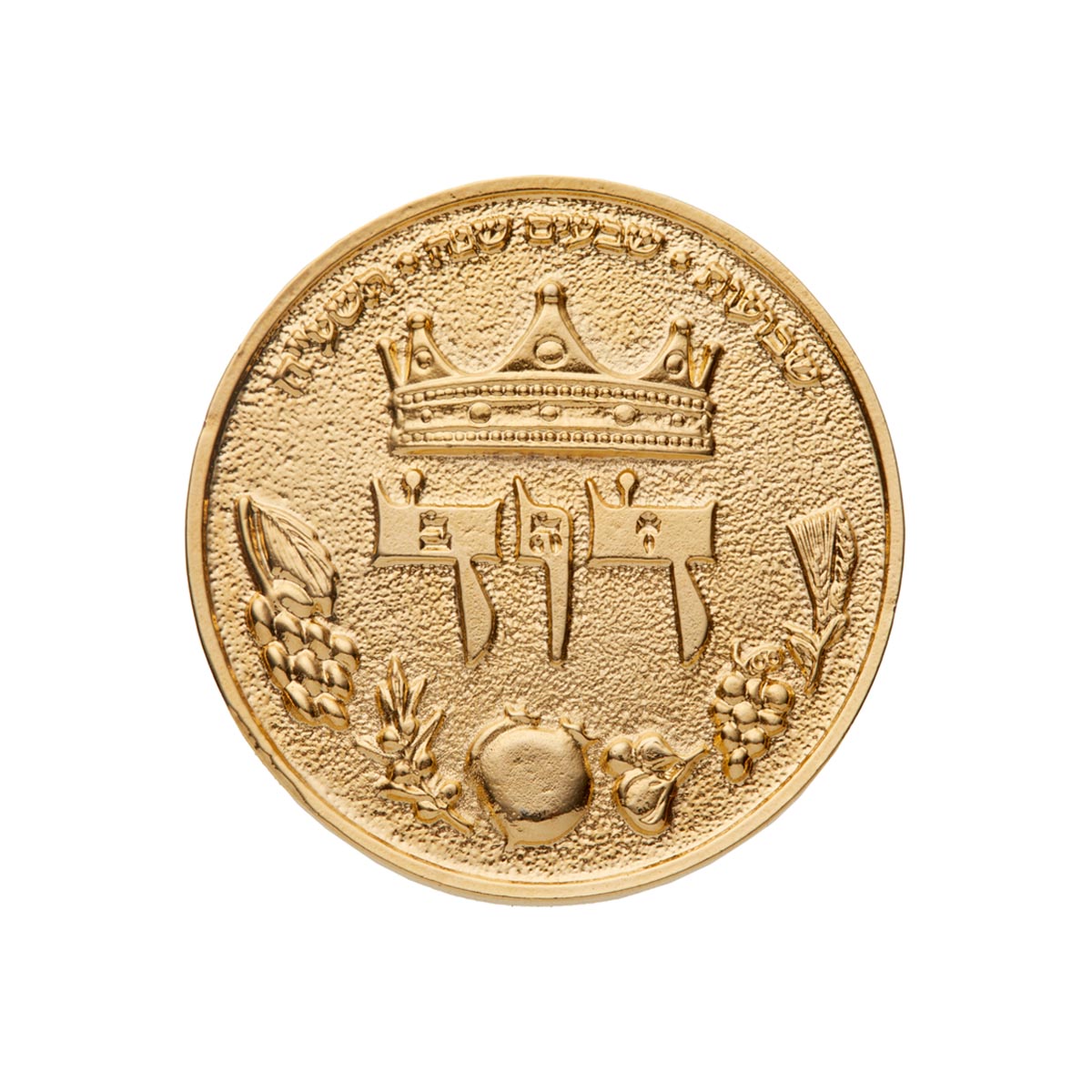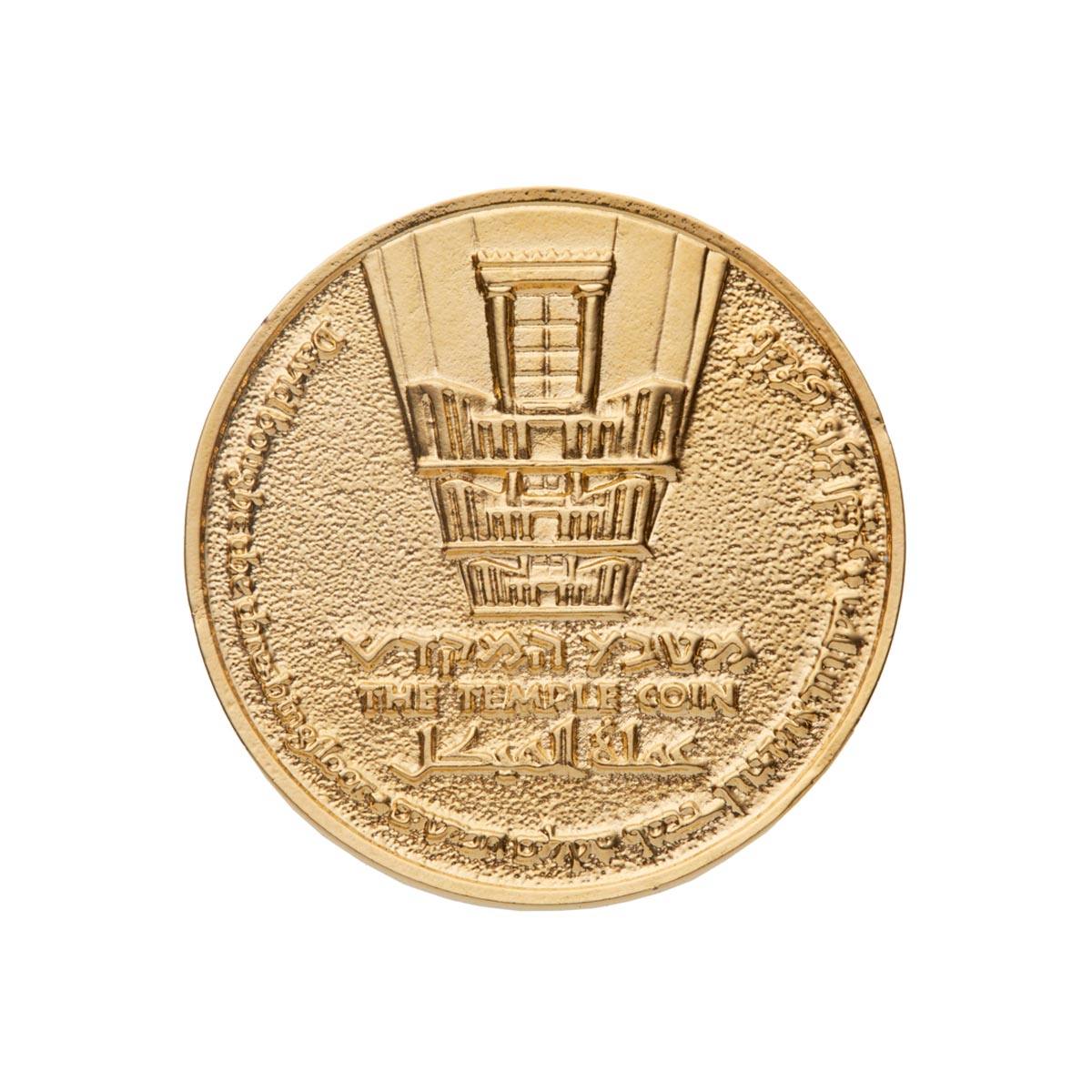Legacy and Continuity: From Prophecy to Fulfillment
The intertwined legacies of David and Solomon are not merely historical footnotes but are central to the Christian understanding of the Annunciation. They serve as tangible reminders of the deep-rooted connection between the Old Testament prophecies and the New Testament fulfillment. David's role as a shepherd, warrior, and psalmist, alongside Solomon's as a wise and just ruler, collectively prefigure the multifaceted ministry of Jesus Christ. Their stories encapsulate the virtues of faith, obedience, wisdom, and a profound commitment to God's will—themes that resonate powerfully with the Annunciation narrative.
In the reflection on the Annunciation, believers are invited to consider the rich tapestry of salvation history that precedes this event. By meditating on the lives of David and Solomon as forerunners of the Messiah, we can gain a deeper appreciation for the continuity of God's redemptive work. This perspective not only enriches our understanding of the Annunciation but also inspires us to live in alignment with the virtues exemplified by these ancient kings, underpinning the Messiah's coming and the promise of an everlasting kingdom.
The Annunciation: Fulfillment of Divine Promise
“And Mary said to the angel: How shall this be done, because I know not man?
And the angel answering, said to her: The Holy Ghost shall come upon thee, and the power of the most High shall overshadow thee. And therefore also the Holy which shall be born of thee shall be called the Son of God. And behold thy cousin Elizabeth, she also hath conceived a son in her old age; and this is the sixth month with her that is called barren: Because no word shall be impossible with God.
And Mary said: Behold the handmaid of the Lord; be it done to me according to thy word. And the angel departed from her.”
— Luke 1:26–38
When Mary encountered the Archangel Gabriel, it wasn't merely the beginning of the New Testament story; it was the continuation and fulfillment of God's ancient promises. Mary's humble "yes" echoes through salvation history, marking the moment when God's plan for humanity took on flesh. The Annunciation is steeped in Old Testament imagery and prophecy, signaling that Jesus's birth is the turning point of history, where the covenant with David, and indeed all of humanity, finds its ultimate fulfillment.
A Continuing Story of Redemption
The journey of redemption, as foretold in the Scriptures, commences with the profound events of the Annunciation and the life of Jesus, unfolding through the ages to resonate in our times with the anticipation of the prophecies concerning the end of days. This ongoing narrative of God's redemption is intimately tied to the sacred landscapes of Israel and the venerable city of Jerusalem, pivotal in the unfolding of Messianic prophecies. The celebration of Israel's independence and the recognition of Jerusalem as its eternal capital echo these ancient foretellings, serving as contemporary milestones that connect us to God's eternal plan.
Embracing a symbol that encapsulates the eternal and living Word of God, and embodies the profound narratives of the Old Testament, draws us closer to the heart of our faith, making the vast story of redemption an intimate part of our daily lives. This act of holding such a symbol not only deepens our personal reflection and connection with the divine but also underscores the ongoing significance of Israel and Jerusalem. Far from being mere historical or spiritual landmarks, they stand as vibrant epicenters of faith within the ongoing story of salvation. In this era, as prophecies of the end times unfold before our eyes, our active participation through intent and symbol becomes a testament to our role in this divine narrative.
In the spirit of Mary's profound "Yes" to God's will—a moment of humble acceptance that forever altered the course of history—we too are invited to align ourselves with the fulfillment of God's promises. By choosing to partake in this story, symbolized through a piece of history such as a commemorative coin, we not only honor the legacy of faith that began with Mary's assent but also actively engage in the unfolding prophecy that connects us to the heart of divine intention. This is not merely an act of commemoration but a deliberate step towards embracing our part in God's redemptive plan, echoing Mary's willingness to serve God's purpose. Let this be our call to action: to align ourselves with the divine will and prophecy, bearing witness to God's unfolding promises through our lives and choices, symbolized by possessing a tangible piece of sacred history.
Reflection and Legacy
As we draw near to the Feast of the Annunciation, it beckons us to engage in a period of profound reflection on the intricate weave of our faith's heritage—from the prophetic visions in the Hebrew Bible to their consummation in the New Testament. In the figure of Mary, the first to hear and accept the Gospel, we witness the epitome of faithfulness and the breaking of dawn on a transformative era in divine-human interaction. The narratives and symbols that emerge from this rich tapestry, including those encapsulated in symbolic coins, serve as palpable links to the enduring narrative and profound depth of our spiritual journey.
In this moment of expectant waiting, we are called to delve into the mysteries of the Annunciation and the Incarnation, contemplating the ongoing saga of divine revelation and salvation that weaves together the Christian faith's diverse strands. This season invites us to envision a future brightened by the light of Christ's presence and teachings—a world transformed by the unfolding of prophecy and the fulfillment of God's promises.
Let this be a time for us to ponder not only on the historical and spiritual significance of these events but also on their implications for our lives today. May our reflections lead us to a deeper understanding of our role in this divine narrative and inspire us to live out our faith with renewed zeal, contributing to a future where the love and hope of Christ reign supreme in every heart and action.








